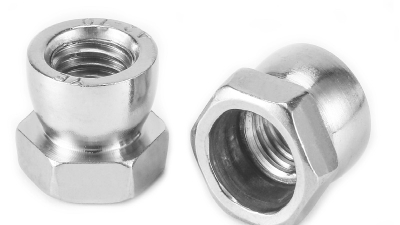
- wzqb@qb-inds.com
- Mon - Sat at 7:00AM to 6:00PM
Challenges in Sourcing High Quality 304 Stainless Steel for Global Buyers
Table of Contents
- Understanding the Basics of 304 Stainless Steel and Its Properties
- Key Factors Influencing the Quality of 304 Stainless Steel
- Common Challenges Faced by Global Buyers in Sourcing
- Tips for Evaluating Suppliers and Ensuring Quality Assurance
- Best Practices for Avoiding Pitfalls in 304 Stainless Steel Procurement
- Future Trends in the 304 Stainless Steel Market for Global Buyers
- Revolutionizing Security: The Essential Benefits of Using Stainless Steel Anti-Theft Twist Off Nuts
- FAQS
- Conclusion
- Related Posts
You know, in today’s super competitive global market, finding high-quality 304 stainless steel isn’t exactly a walk in the park for buyers. It’s a pretty popular material across tons of industries—think automotive, construction, even food processing—so the demand keeps climbing, mostly because of its awesome resistance to rust and solid mechanical qualities. According to a report from Grand View Research, the global stainless steel market is expected to hit around $184 billion by 2025, and 304 stainless steel is a real star in the mix because of how versatile it is.
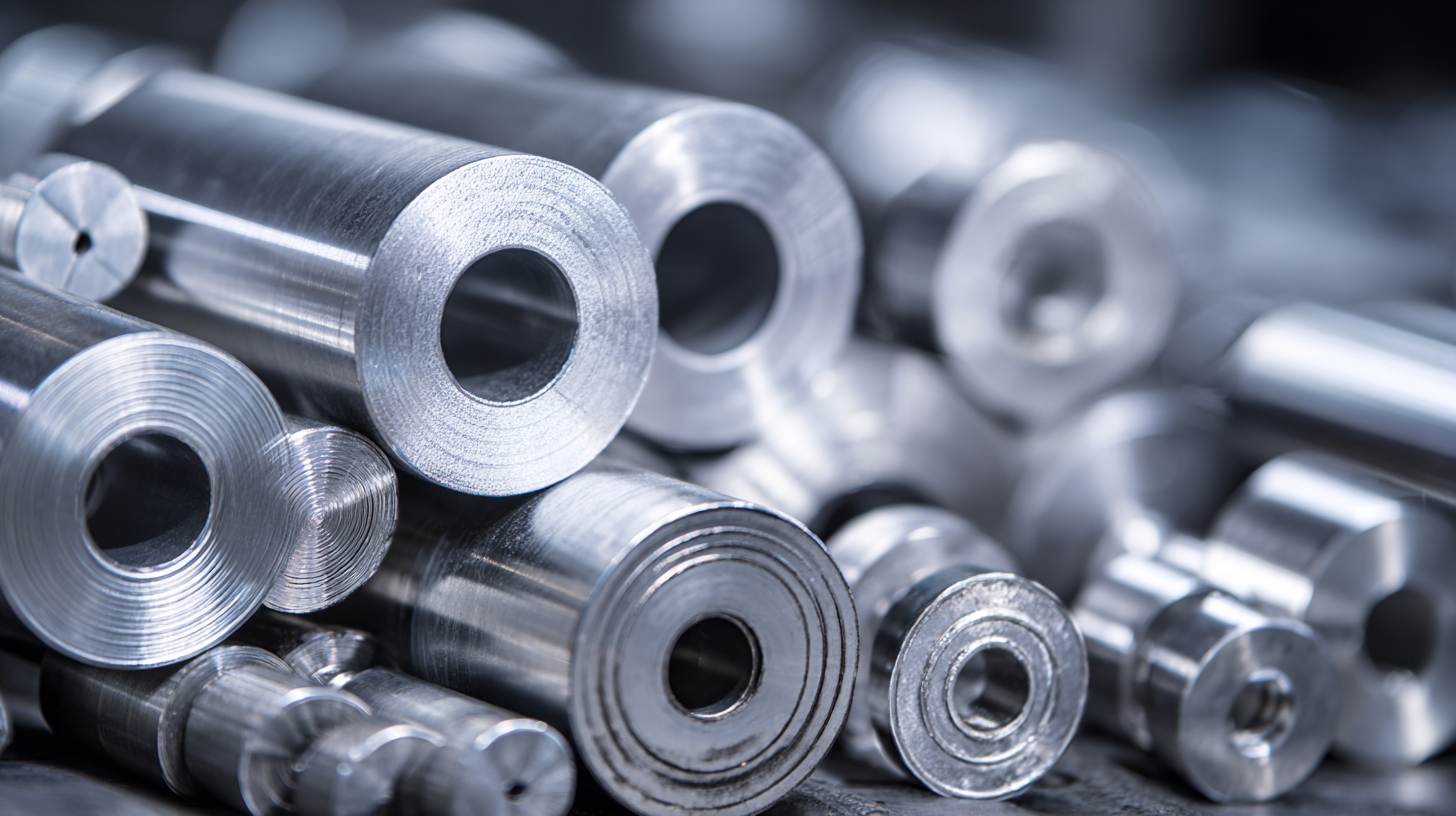
That said, making sure the quality and consistency of this stuff stays top-notch isn’t always easy—especially for companies that want to use it in high-end manufacturing projects. Over here at Wenzhou Qiangbang Industrial Co., Ltd., which has been around since 2003, we’re all about tackling these challenges head-on. We take a full-circle approach—research, development, production, and service—to make sure our clients get the best quality components they need for their advanced projects. It’s all about making sure they succeed with dependable, top-tier materials.
Understanding the Basics of 304 Stainless Steel and Its Properties
You know, 304 stainless steel is pretty much one of the most popular choices out there. It's loved for its really good corrosion resistance and how easy it is to shape and work with. It’s got about 18% chromium and 8% nickel, which makes it super durable and capable of handling all sorts of environmental conditions—whether it’s in your kitchen or in industrial settings. Actually, according to industry stats, over 60% of stainless steel produced worldwide is this type. That massive demand is mainly because it shows up in all sorts of stuff—like kitchen equipment, chemical containers, and even in building and architectural projects.
But, let’s be real—getting your hands on good-quality 304 stainless steel isn’t always smooth sailing. Prices for raw materials like nickel and chromium can be pretty volatile, which throws a wrench in manufacturing costs. Plus, not all suppliers are created equal—some products don’t meet the right standards, and that can be risky. A report from the International Stainless Steel Forum pointed out that about 15% of stainless steel imports don’t actually meet the needed specs, so it really pays to choose trusted suppliers.
At Wenzhou Qiangbang Industrial Co., Ltd., we take pride in making sure we offer top-notch quality by blending R&D, production, sales, and service all together. That way, we help provide reliable solutions, especially for high-end manufacturing. Our focus on quality really helps our customers sidestep some of these common hurdles in sourcing 304 stainless steel.
Key Factors Influencing the Quality of 304 Stainless Steel
When you're looking for high-quality 304 stainless steel, there are a few key things you really want to keep in mind. First off, the alloy’s composition is super important. Ideally, it should have around 18% chromium and 8% nickel, but even small changes in these percentages can make a big difference in how well the steel resists rust and how strong it is. So, it’s a good idea to ask your supplier for detailed chemical analysis reports — you wanna make sure everything’s up to spec, right?
On top of that, how the steel is made matters a lot too. Things like hot or cold working, annealing, and proper heat treatment all help improve the final product. Each step changes the microstructure of the metal, which in turn affects its overall strength and durability. That’s why partnering up with manufacturers who use the latest technology and have strict quality control processes in place is pretty crucial—especially if you want to get consistent, reliable materials that you can count on.
Common Challenges Faced by Global Buyers in Sourcing
Finding top-quality 304 stainless steel isn't always smooth sailing for buyers around the world. There are quite a few hurdles that can throw a wrench in both how efficiently things get done and the overall quality of the materials. One of the main headaches? The inconsistent quality across different suppliers. It’s pretty common to run into mismatched specs or missing details, which makes it tough to hit those strict industry standards. Plus, if suppliers don’t provide thorough certifications or testing data, it’s easy to get confused or misjudge the material’s true properties. That’s why doing your homework and vetting suppliers carefully becomes absolutely essential.
Then there’s the whole international trade scene — navigating customs rules, tariffs, and shipping hassles can get pretty complicated and may lead to delays or extra costs no one wants. You also need to trust that your supplier is reliable and genuinely committed to quality assurance. Slacking off on oversight can end up with you getting subpar materials. Here at Wenzhou Qiangbang Industrial Co., Ltd., we get it. Founded back in 2003, we’ve spent years perfecting the combo of R&D, manufacturing, sales, and service. Our goal is to make sure our clients get high-quality components that meet the tough demands of high-end manufacturing. We’re all about transparency and quality, aiming to make sourcing easier and less stressful for our global partners.
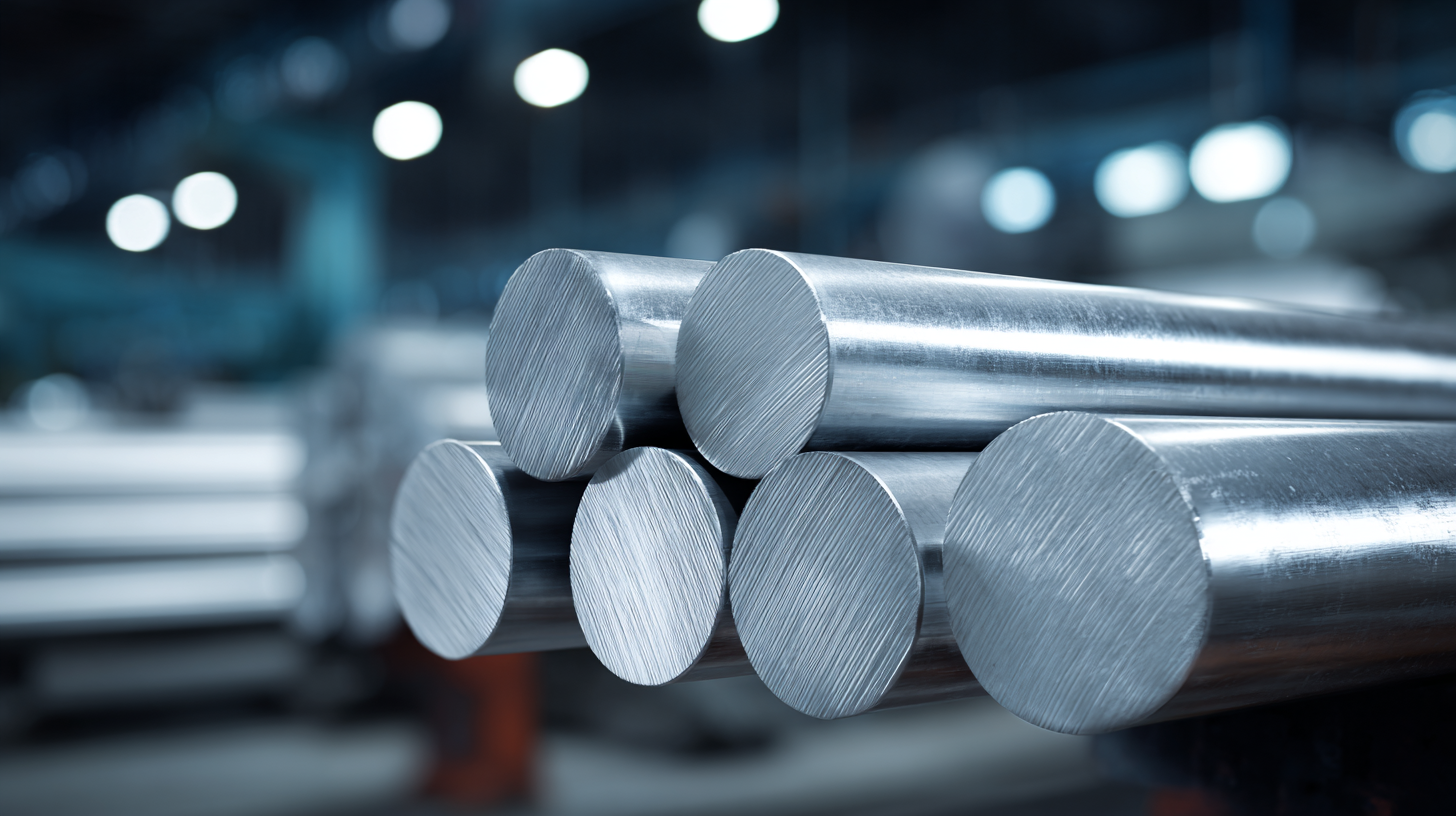
Tips for Evaluating Suppliers and Ensuring Quality Assurance
When you're on the hunt for top-notch 304 stainless steel from suppliers around the world, you quickly realize it’s not exactly a walk in the park. There are quite a few hurdles, especially when it comes to making sure the product quality is up to snuff. I read a report recently from Smithers Pira that said global demand for stainless steel might hit around 50 million tons by 2025. That really shows how fierce the competition is out there among suppliers. Because of all this, it’s so important to do your homework and vet your suppliers carefully to avoid surprises down the line.
Here's a quick tip: Make sure to check if they’ve got certifications like ISO 9001. Having this basically means they’ve got solid quality management systems in place, which usually translates to consistent manufacturing and thorough quality checks.
Another thing to consider is doing some material testing yourself. This helps confirm that the chemical makeup of the stainless steel actually matches the standards for 304 grade. If possible, using a third-party testing service can give you that extra bit of confidence since you're getting an independent verification of quality.
And don’t forget about chatting regularly with your potential suppliers. Keeping an open line of communication about production timelines, capabilities, and quality control gives you a good feel for how reliable they really are. A honest, transparent supplier should be willing to share both their wins and the bumps in the road. By hanging onto these strategies, you’re pretty much setting yourself up to reduce risks and land high-quality 304 stainless steel that ticks all your boxes.
Best Practices for Avoiding Pitfalls in 304 Stainless Steel Procurement
Finding top-notch 304 stainless steel isn’t exactly a walk in the park for buyers around the world, especially these days. With supplier inventories sky-high and nickel prices bouncing around more than a bouncy ball, it’s a tricky landscape to navigate. Industry folks say that stainless steel stocks have been kept quite high, giving buyers plenty of options. But, on the flip side, this overstock can lead to some real unpredictability—kind of like waiting for the other shoe to drop. And with nickel prices soaring recently—thanks in part to supply issues in places like Indonesia—it’s only making things more complicated. Buyers need to stay on their toes, because shifts in nickel prices can directly mess with both the price and the quality of 304 stainless steel they’re after.
So, what’s the best way to handle all this? Well, adopting good procurement habits is key. One smart move is to take the time to really get to know your suppliers—dig into how they maintain quality and check their past performance. Working with suppliers who’ve proven they’re reliable and consistent can save you a lot of headaches down the road, especially if prices jump suddenly or supplies get tight. Plus, using data analytics to keep an eye on market trends can give you a leg up—helping you decide the perfect moment to buy, instead of rushing in blind. The key is to stay proactive and well-informed, so you can land high-quality 304 stainless steel without getting caught out by all the market ups and downs.
Future Trends in the 304 Stainless Steel Market for Global Buyers
The stainless steel market, especially for 304 grade, is definitely on the cusp of some exciting changes as we look ahead. It’s pretty clear that the demand for seamless stainless steel pipes is really taking off — experts are projecting it’ll hit around USD 5.15 billion by 2030. This surge is mostly driven by industries like construction, automotive, and manufacturing, which are all ramping up their needs. For buyers around the world, it’s more important than ever to keep an eye on market trends and shifts, because these factors are going to shape how you plan your sourcing strategies down the line.
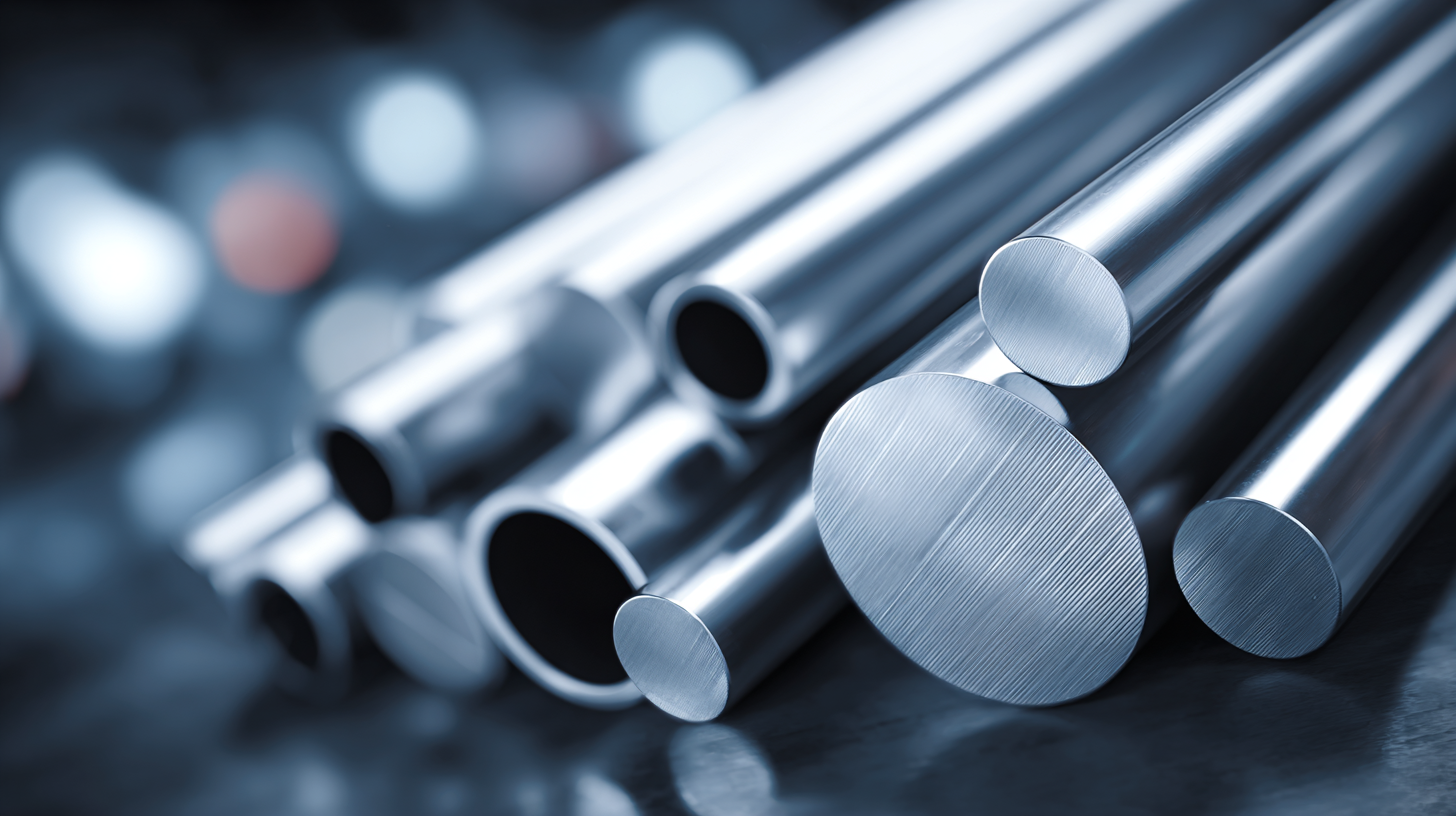
On top of that, big-picture economic factors are still major players influencing prices. Recently, we've seen some wild fluctuations, and honestly, it’s all interconnected — global economic health, trade policies, supply chain hiccups, inflation, currency changes — all of that impacts prices and availability. Getting a solid grasp on these elements is going to be crucial for businesses trying to stay ahead when sourcing top-quality 304 stainless steel in the years ahead. And as companies become more conscious about environmental impacts and sustainability, the pressure to focus on high-quality, standards-compliant materials will only grow stronger. So yeah, it’s an evolving landscape, and staying informed is more important than ever.
Revolutionizing Security: The Essential Benefits of Using Stainless Steel Anti-Theft Twist Off Nuts
In today's world, the security of structures and assets is more critical than ever, necessitating innovative solutions that ensure maximum protection. One such solution is the stainless steel anti-theft twist off nuts, particularly shear nuts, which are designed for applications where tampering with fasteners is a significant concern. According to industry reports, the global market for anti-theft fasteners is projected to grow at a CAGR of over 8% from 2023 to 2030, highlighting the increasing demand for secure fastening solutions across various sectors.
Shear nuts are engineered with a unique conical shape and coarse threads, making them ideal for permanent installations. Their installation requires no specialized tools, allowing for ease of use on-site. However, the impressive security they offer comes from the mechanism of their design; once installed, these nuts can only be removed with difficulty, if at all. The standard hex nut atop the conical section is specifically designed to shear off when excessive torque is applied, rendering removal nearly impossible without breaking the nut itself. This feature provides an effective deterrent against theft and vandalism, crucial for facilities such as construction sites and public infrastructure.
In 2022, a survey revealed that nearly 70% of construction firms experienced equipment theft, leading to significant financial losses. By integrating stainless steel anti-theft twist off nuts into their fastening systems, businesses can bolster their defense against such incidents. As professionals seek reliable solutions to enhance security, shear nuts represent a pragmatic approach to safeguarding assets, combining ease of installation with robust protection.
FAQS
: 304 stainless steel typically contains 18% chromium and 8% nickel. Variations in these percentages can affect its corrosion resistance and tensile strength.
The manufacturing process, including techniques like hot and cold working, annealing, and heat treatment, significantly influences the metal’s microstructure, integrity, and overall performance.
Buyers can verify certifications such as ISO 9001, conduct chemical composition testing, and maintain open communication with suppliers to ensure the quality of 304 stainless steel.
Buyers should focus on suppliers' quality assurance processes, certifications, historical performance, and their ability to communicate transparently about production capabilities and challenges.
Fluctuations in nickel prices can directly impact the cost and quality of 304 stainless steel, complicating procurement strategies for buyers.
Engaging with consistent quality suppliers, leveraging data analytics for market trends, and conducting thorough evaluations can help mitigate risks related to price changes and supply disruptions.
Conclusion
When it comes to sourcing top-quality 304 Stainless Steel, buyers around the world often bump into a bunch of challenges. It’s not just about finding the steel itself, but really understanding its core properties and what affects its quality. 304 Stainless Steel is well-loved for its resistance to corrosion and its versatility, making it a must-have for many high-end manufacturing projects. But, let’s be honest, dealing with inconsistent supplier standards, different production practices, and tricky logistics can turn the process into a real headache.
To make life easier, it’s a good idea for buyers to really vet their suppliers—think thorough audits, chasing after certifications, and building solid, long-term relationships. That way, you’re more likely to get a steady supply of high-quality steel without all the stress. Plus, keeping an eye on market trends and future developments can help you stay ahead of the game, ensuring you get the best quality at a fair price.
At Wenzhou Qiangbang Industrial Co., Ltd., we’re all about delivering top-notch 304 Stainless Steel parts. We combine R&D, production, sales, and service to meet the needs of our clients in this high-end manufacturing space—got your back every step of the way.
Related Posts
-

Innovative Trends in Kitchen Handles for 2025 A Comprehensive Comparison of the Best Options
-
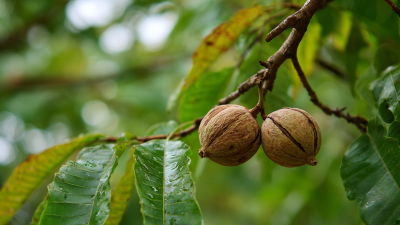
What is the Unique Culinary Delight of Hickory Nuts?
-
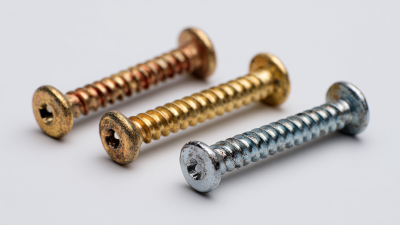
Addressing Common Issues Faced with Flat Head Screws in Global Procurement
-

10 Best Shackles That Elevate Safety Standards in Heavy Industry
-

From China to the World M6 Bolts Redefining Quality in the Global Market
-

Mastering the Installation of Best Wing Nuts with Expert Techniques and Industry Insights

